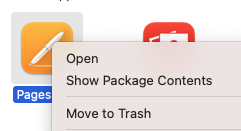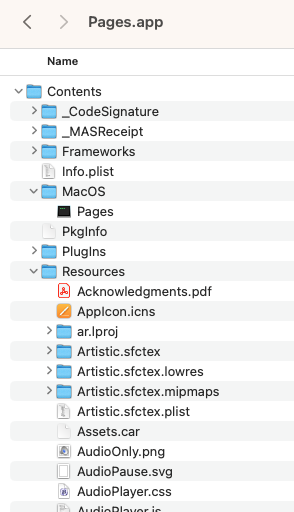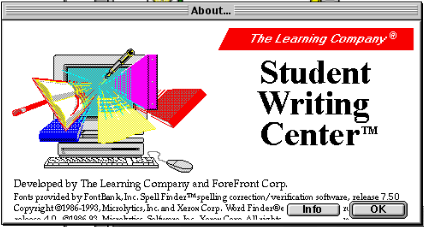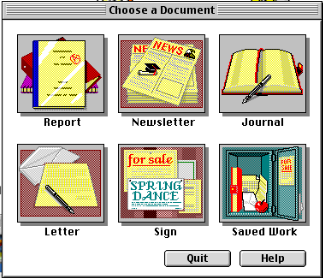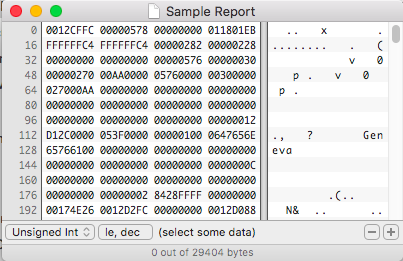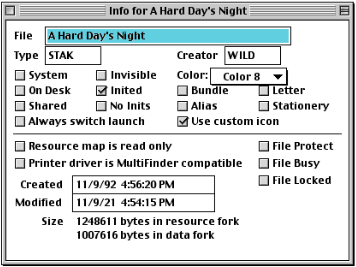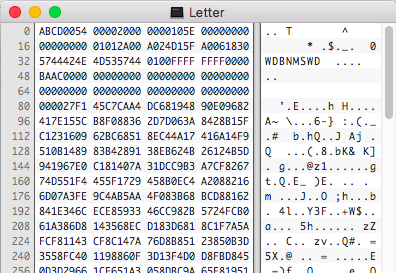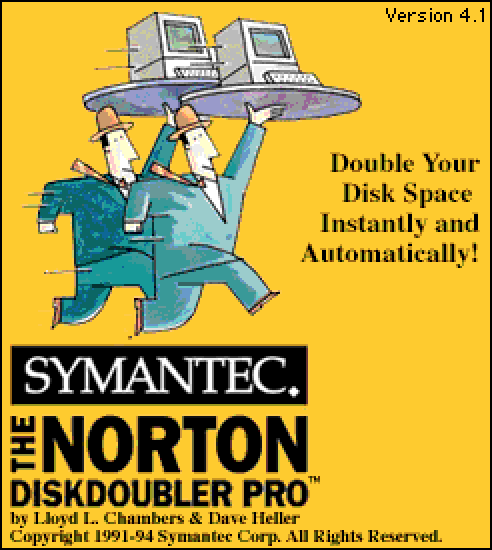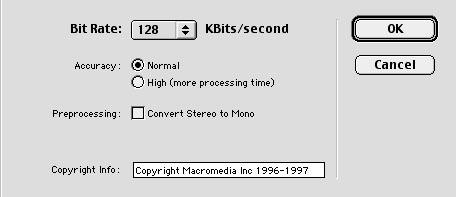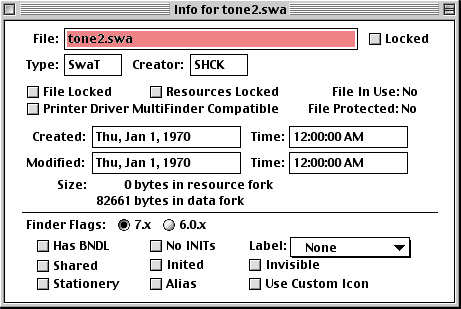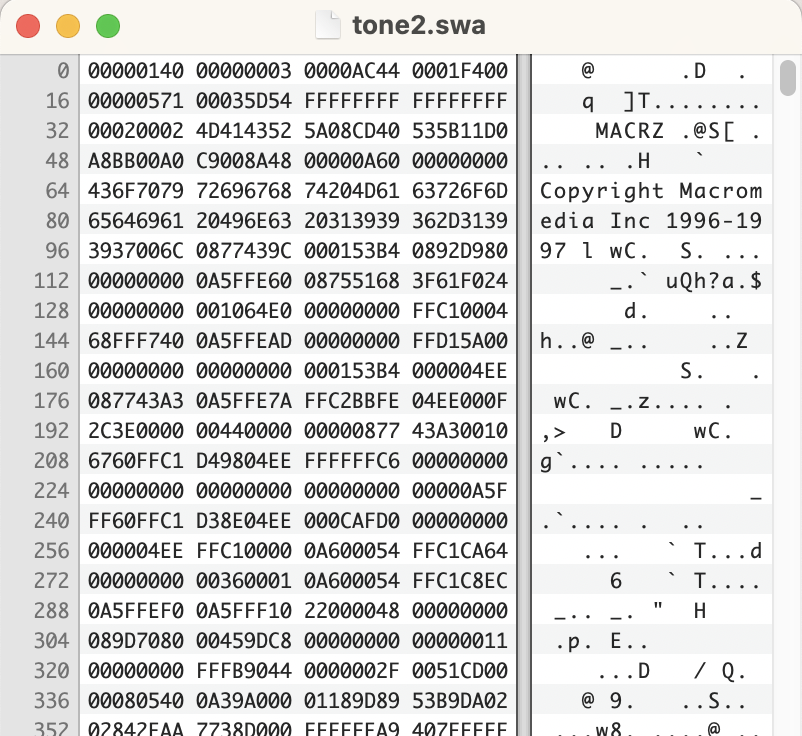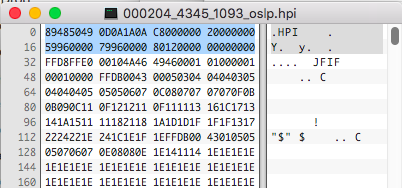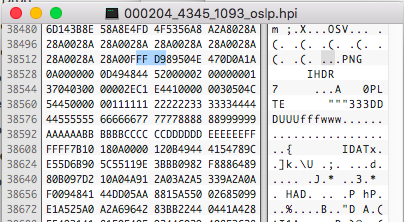Before the days of streaming and devices likeSmart TVs, AppleTV and Fire sticks, a few companies tried their best to come up with ways to make viewing your media on your TV mainstream. In a previous blog post I touched on the Kodak PhotoCD method, but there is one you are probably even less familiar with. HighMAT. HighMAT, or High-Performance Media Access Technology was a technology co-developed by Microsoft and Panasonic. You may have at one point owned a DVD player which had the technology built-in, but may have never used it. It came on the scene around 2002, but was abandoned by 2008.

There were quite a few devices stamped with the HighMAT logo. The technology allow you to playback any Audio and Images like a DVD, with a menu and everything.
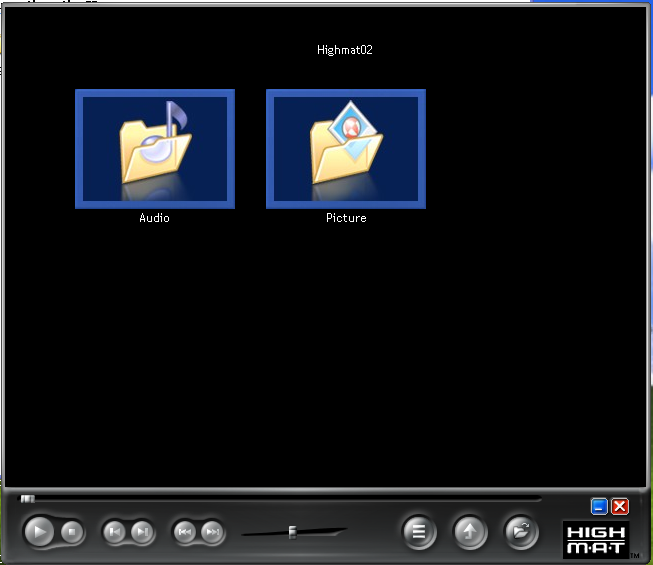
There was three different types of HighMAT compatible devices, Audio, Audio-Image, and Audio-Image-Video.
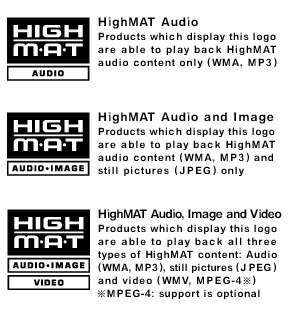
Writing data to the HighMAT format could be done with a plugin for Windows which added the functionality to Windows Media Player for burning audio playlists to the HighMAT format or through the standard CD Writing Wizard built-in to Windows XP. An extra screen would come up asking if you would like to make the CD HighMAT compatible. Making video compatible HighMAT CDs could be done through Movie Maker.

When a HighMAT CD-R/CD-RW is authored we get an interesting CD. It appears to be a Mode 2 Form 1 format:
/dev/disk10 (internal, physical): #: TYPE NAME SIZE IDENTIFIER 0: CD_partition_scheme *846.4 MB disk10 1: CD_ROM_Mode_2_Form_1 Highmat02 2.7 MB disk10s0
If you would like to check out a sample disc, you can grab the ISO or BIN/CUE here.
tree /Volumes/Highmat02
/Volumes/Highmat02
├── Audio\ Samples
│ ├── 17\ [no\ artist]\ -\ Speaker\ Identification\ Test.wma
│ └── sine.wma
├── HIGHMAT
│ ├── AUTHOR.XML
│ ├── CONTENTS.HMT
│ ├── IMAGES
│ │ ├── T0.HMT
│ │ ├── T1.HMT
│ │ ├── T10.HMT
│ │ ├── T11.HMT
│ │ ├── T12.HMT
│ │ ├── T13.HMT
│ │ ├── T2.HMT
│ │ ├── T3.HMT
│ │ ├── T4.HMT
│ │ ├── T5.HMT
│ │ ├── T6.HMT
│ │ ├── T7.HMT
│ │ ├── T8.HMT
│ │ └── T9.HMT
│ ├── MENU.HMT
│ ├── PLAYLIST
│ │ ├── 00000001.HMT
│ │ ├── 00000002.HMT
│ │ ├── 00000003.HMT
│ │ ├── 00000004.HMT
│ │ ├── 00000005.HMT
│ │ ├── 00000006.HMT
│ │ └── 00000007.HMT
│ └── TEXT.HMT
└── My\ Pics
├── Blue\ hills.jpg
├── Sunset.jpg
├── Water\ lilies.jpg
└── Winter.jpg
5 directories, 31 files
There is a lot going on here, lets take a look at a few of the formats we find in this disc structure. The files added to the CD are converted to WMA if you checked the “Convert Files” feature and are accessible like a normal data CD. The HighMAT folder is created to make a compatible HighMAT disc. Except for one XML file the rest of the files in the HighMAT folder all have an HMT extension. The author.xml file contains the root element <HMT> with some filenames indicating some of the HMT files may be thumbnails. If we open one of the HMT thumbnail files in a hex editor we can see:

Just a plain old JPG header. Exiftool tells us it is small 160×120 pixel image, must be a thumbnail. But lets take a look at another HMT file.

Even though the Menu.hmt file has the same extension as the thumbnails, this file is definitely not a JPG file with pixel data. Same goes for the Contents and Text files as well, unique formats.

The files in the playlist folder also have a unique format.

So it seems all the HighMAT folder really does is add compatibility for hardware to provide a menu to access the original data, providing playlists and thumbnails to navigate the data on your TV screen.
I came across one of these discs while processing a collection of CD-R discs donated to our library. Normally I would copy the images and other data off the disc to our preservation system, but this disc made me stop to think about the best way to preserve the data. Is a disc image appropriate or is the HighMAT folder even worth preserving if we have the original files from the disc? Finding hardware or a software player to present the disc as intended is getting harder to do. I am curious what others think of the value of this content.
I chose not to submit any signatures to PRONOM for the moment as we assess. It would be difficult to properly identify each format with all of them having the same extension, especially the JPG thumbnails as HMT is not a valid extension for the format. Take a look at my sample files and if you have come across this format before, let me know.

